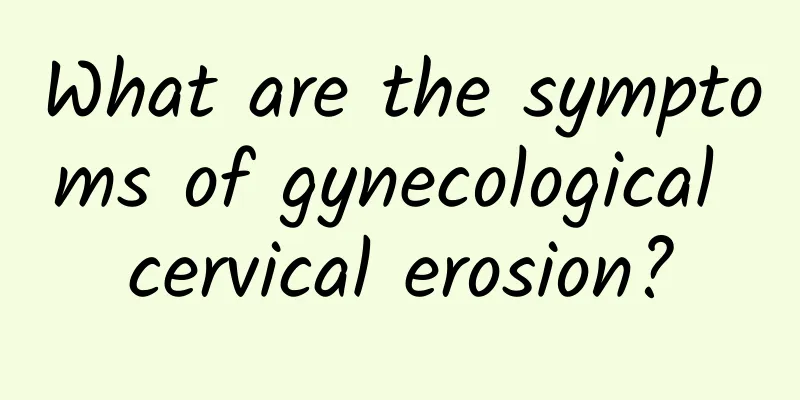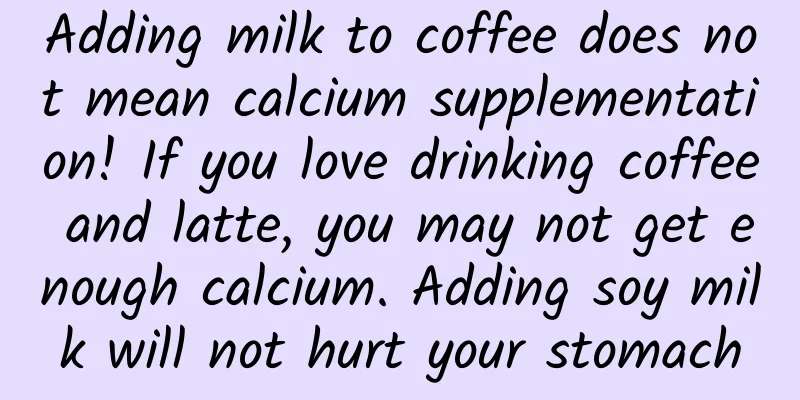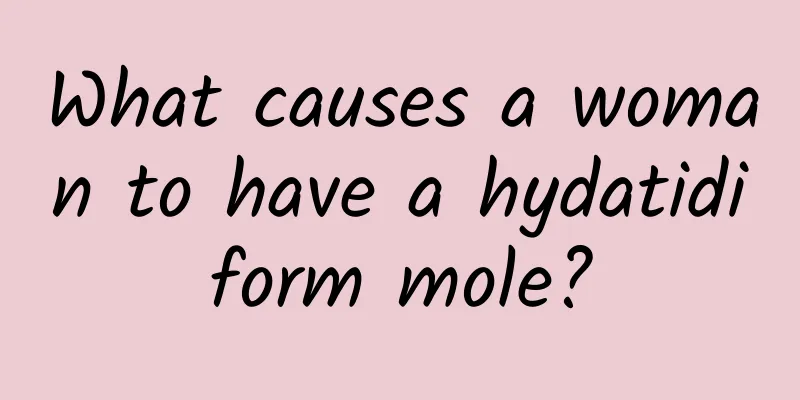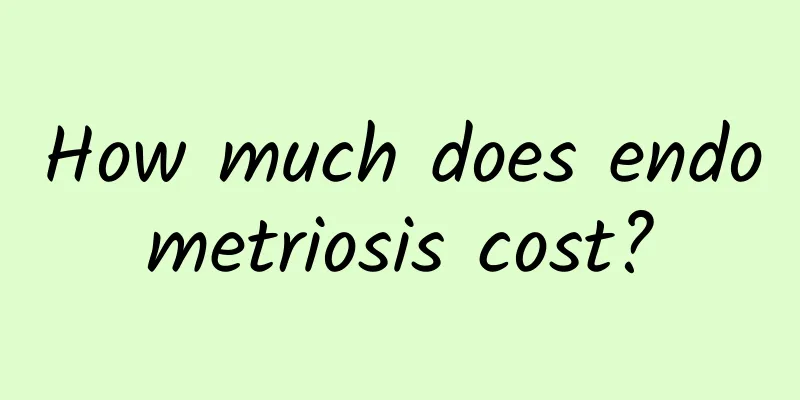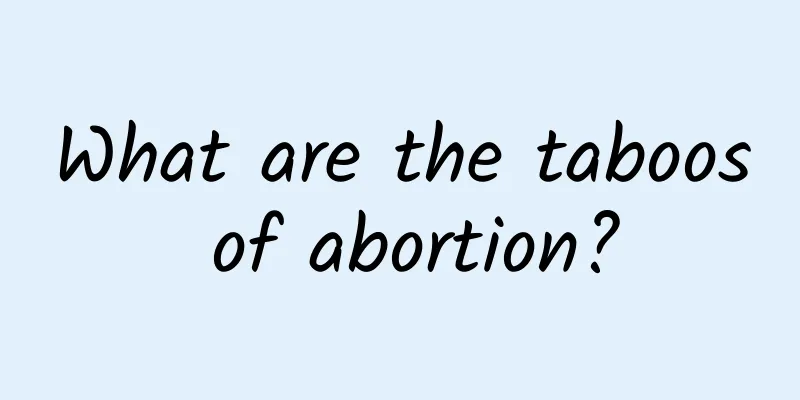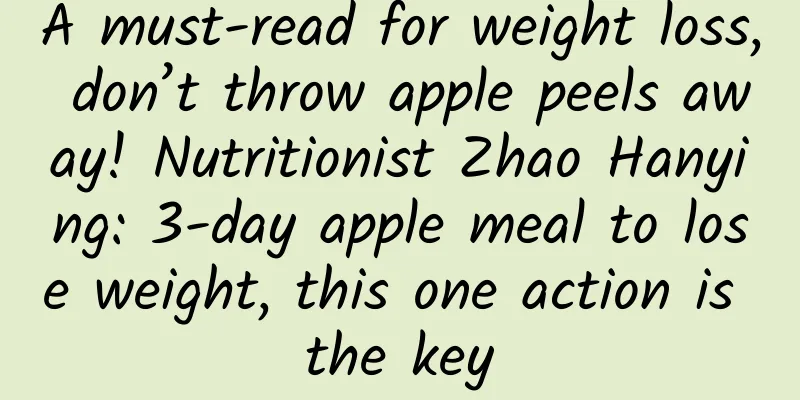The tug-of-war between cherishing things and health! Can I still eat expired food?
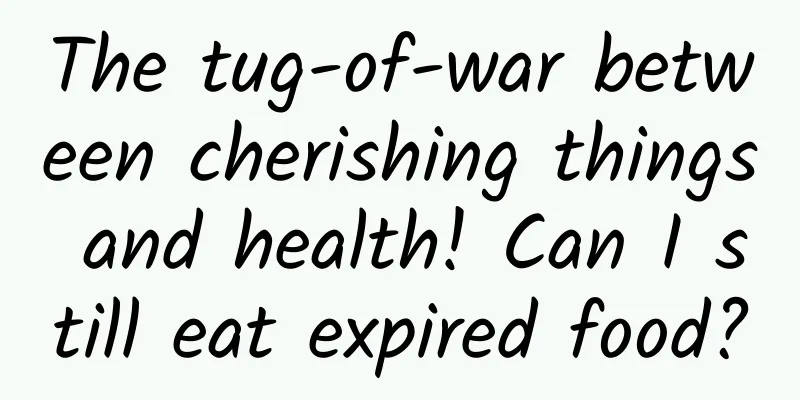
|
Modern people have easy access to food, and many people buy a lot but often do not have time to eat them within the expiration date. Even if they look good, they are still thrown into the trash for health reasons. However, in order to reduce waste, countries around the world are launching a "leftover food rescue" campaign, and expired food is still eaten. After all, can we still eat expired food? Nutritionists teach you how to judge! How to determine the shelf life? Chen Bojun, a nutritionist from the New Nutrition Food Generation team, said that in order to understand whether food can still be eaten after it expires, one must first know how the product's "shelf life" is determined? Currently, there are two main methods used by manufacturers on the market to determine the shelf life of products: the "majority comparison method" and the "actual test method". 1. Majority comparison method: That is, refer to the shelf life of similar products on the market. For example, the shelf life of refrigerated aluminum foil milk tea is similar across brands on the market. 2. Actual test method: Even for the same type of products, there will still be different degrees of differences in raw materials and processing between different brands. If you directly refer to the same type of products as a method, there will be doubts. In view of this, the Food and Drug Administration of the Ministry of Health and Welfare clearly stated in the "Guidelines for Evaluating the Expiration Date of Commercially Available Packaged Foods" that the shelf life test must include the following 6 steps: (1) Analyze factors that may cause food deterioration: such as pH value, water activity, raw material formula, oxygen permeability, and possible factors during the storage and distribution of food. (2) Select the method to evaluate product quality or safety: The items to be evaluated based on the analysis of the first factor include microbiological analysis, sensory evaluation, physical and chemical analysis, ingredient analysis, etc. (3) Develop an evaluation plan for the expiration date: Usually, a shelf life is preset for the product, and tests are planned to be conducted at three time points: when the product is produced, on the expiration date, and half of the expiration date. The test content is the relevant inspection in step 2. (4) Implementation of the expiration date assessment plan: When implementing, it is best for the food to be transported and stored under the same conditions as during normal production and distribution to consumers, or stored at a specific temperature and humidity. Determine each condition and record it in detail. (5) Determine the expiration date: The shelf life is determined based on the test results and in accordance with the food safety standards published by the Ministry of Health and Welfare. (6) Monitor the expiration date: Keep an eye on the product during production, transportation, sales, and storage to see if the shelf life needs to be changed. Is it safe to eat expired food? First look at the food type However, "expiration date" or "shelf life" does not mean "food spoilage". People can find that many foods still look intact after their shelf life has passed, but the flavor and taste have deteriorated. Therefore, they think that it is okay to eat expired food. Another point of view is that the normal appearance of the product does not mean that the food has not deteriorated. Therefore, they advocate that expired food should be thrown away and don't take risks for your health. Can we eat expired food? Nutritionist Chen Bojun said that it mainly depends on the product type. To be simple, it can be divided into the following two categories for discussion: 1. Perishable foods: If the foods are dairy products, meat, egg products, soy products, seafood, etc., it is strongly recommended not to eat them after they are expired. This is because these types of foods have high water activity and are prone to microbial growth if stored for too long. Even if the storage conditions are not appropriate, it is easier to accelerate the spoilage of the food. Eating them can easily cause harm to your health, which is not worth the loss. 2. Reduced nutrition and flavor: Some foods with low water activity, such as biscuits, corn chips, milk powder, chocolate, instant noodles, etc., will have a significant decrease in nutrients, flavor and taste after they expire. Although eating them occasionally will not cause serious harm to the body, in order to avoid hidden health hazards, it is theoretically recommended not to eat them. Especially for the long-term habit of eating expired food, it is best to quit if possible. Pay attention to the correct storage method to prevent food from spoiling and damaging your health In addition to paying attention to the "shelf life", nutritionist Chen Bojun specifically reminds you to pay attention to the shelf life instructions on the packaging when purchasing and storing food. If you do not store it according to the instructions, it may easily go bad. Specifically, we can do a good job of checking from the following three aspects.
|
<<: Get rid of cellulite with the "hands of God"! Sculpting the goddess curves
Recommend
Does endometrial tuberculosis need treatment?
Does endometrial tuberculosis need treatment? The...
Can I go to work in the afternoon after having an abortion in the morning?
If you had an abortion in the morning, it is best...
Can dysmenorrhea cause abnormal vaginal discharge?
Dysmenorrhea does not usually directly cause abno...
There are several manifestations of the harm of endometrial tuberculosis
Endometrial tuberculosis has certain hazards, whi...
How to treat vaginitis? 2 common treatments
For many female friends, vaginitis is a particula...
Does cervical erosion of degree 2 need treatment? The correct treatment plan for cervical erosion
Cervical erosion of degree 2 will cause some symp...
Why does endometrial tuberculosis affect pregnancy?
As we all know, endometrial tuberculosis is a com...
There are two main types of dysmenorrhea
Dysmenorrhea is something that female friends oft...
Nearly 30% of teenagers in Taiwan are overweight! "2 No's and 1 Can't" The road to weight loss is full of difficulties
Boys with A cup breasts may not necessarily have ...
What are the symptoms of habitual miscarriage and how to protect the fetus?
The main symptoms of habitual miscarriage are a s...
Dietary conditioning methods after painless abortion surgery
Painless abortion surgery is already relatively m...
What to eat for endometrial tuberculosis
Patients with endometrial tuberculosis are partic...
Early treatment costs for cervical warts
Nowadays people are troubled by many diseases. Ce...
What are the symptoms of mild cervical erosion?
What are the symptoms of mild cervical erosion? 1...
Can I use vinegar to wash vulvar leukoplakia?
When suffering from vulvar leukoplakia, you shoul...

